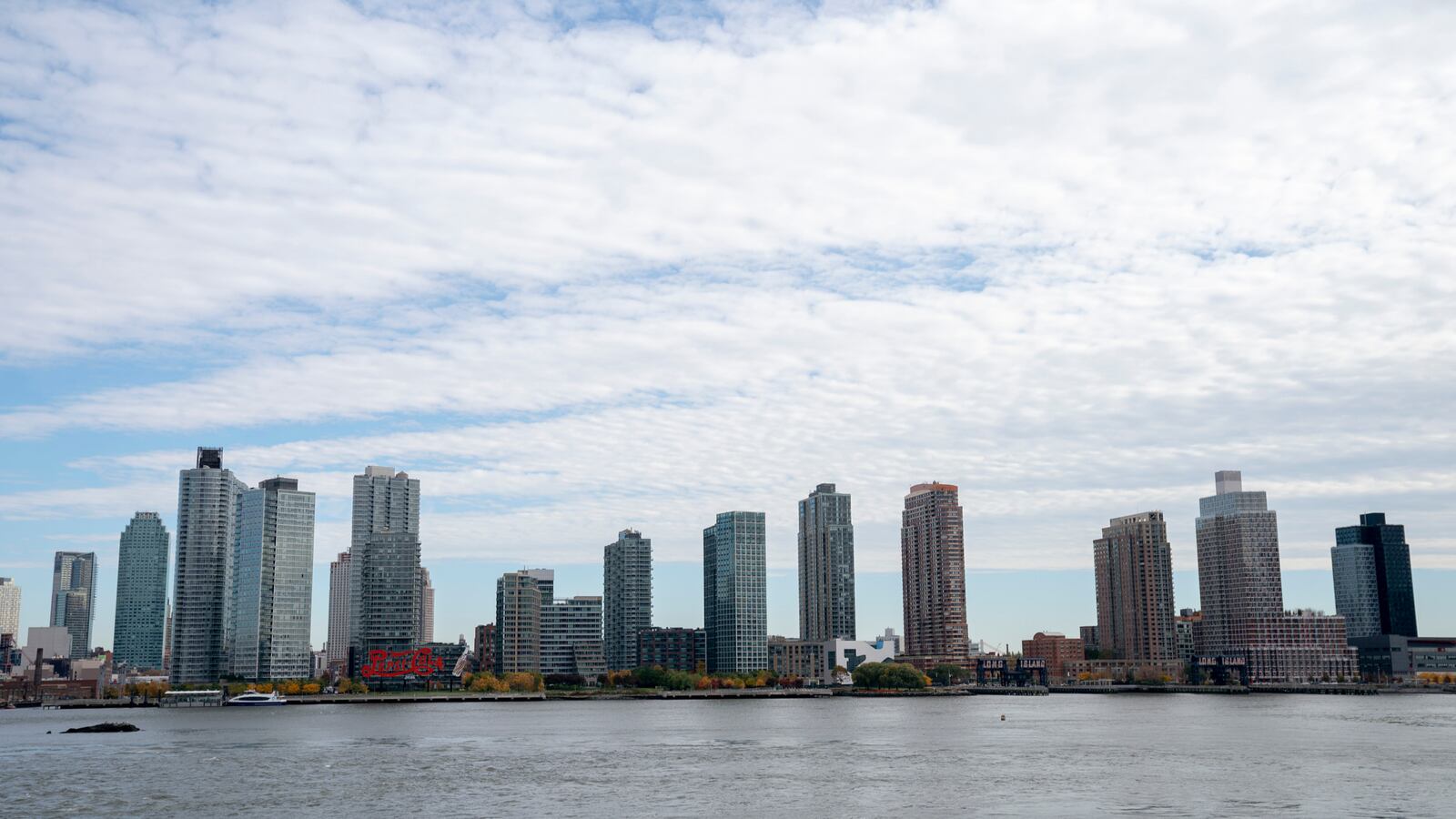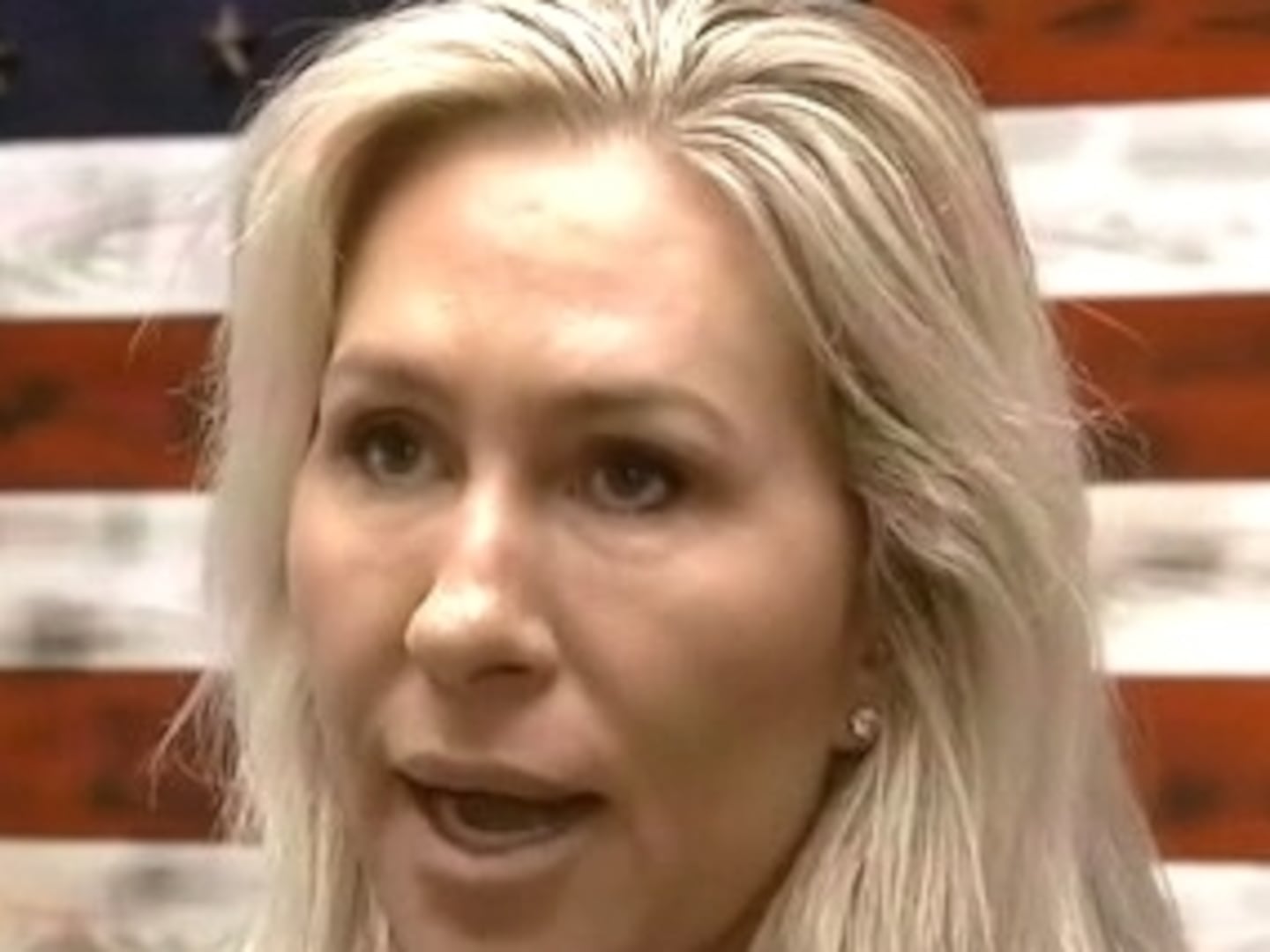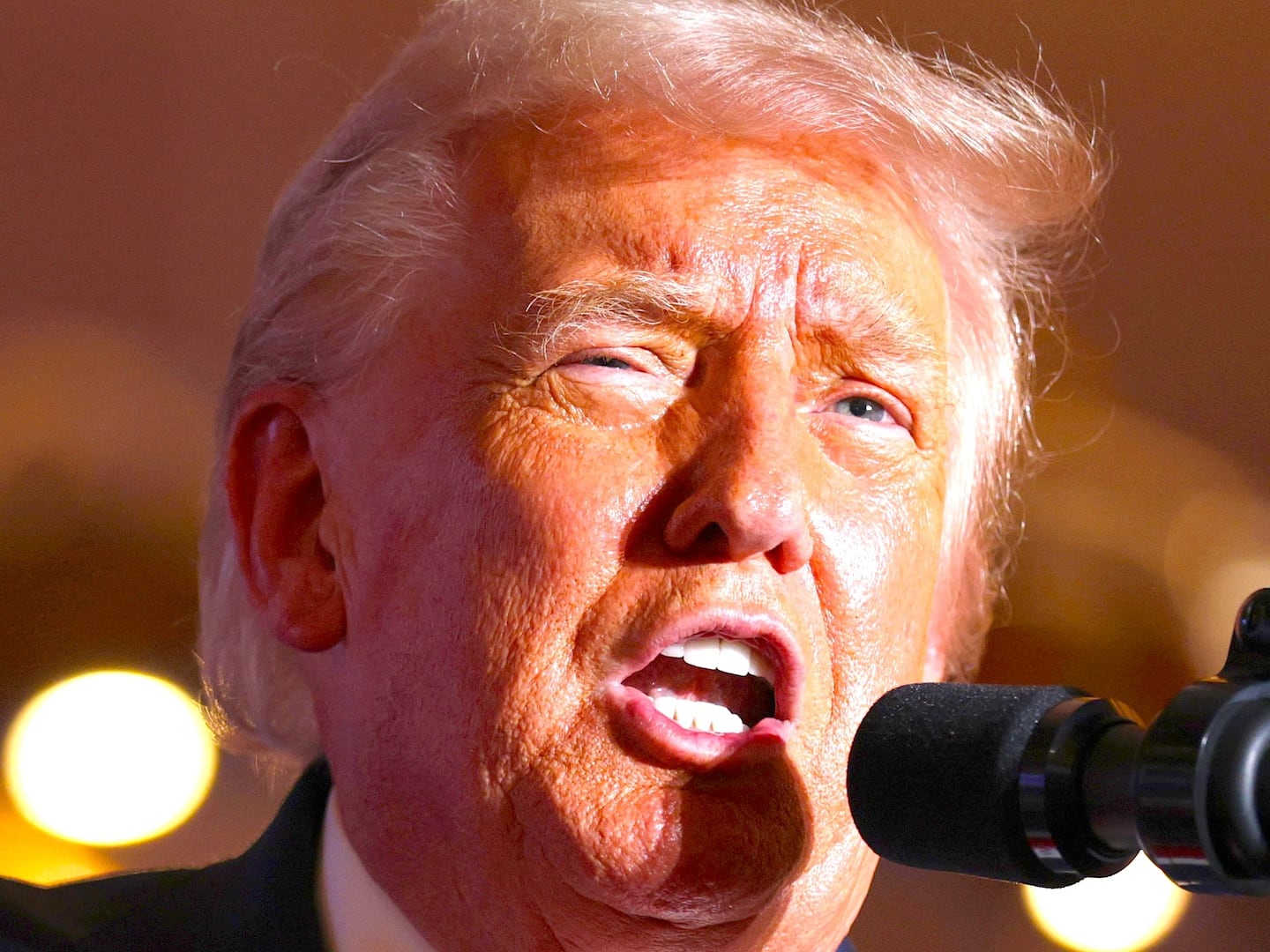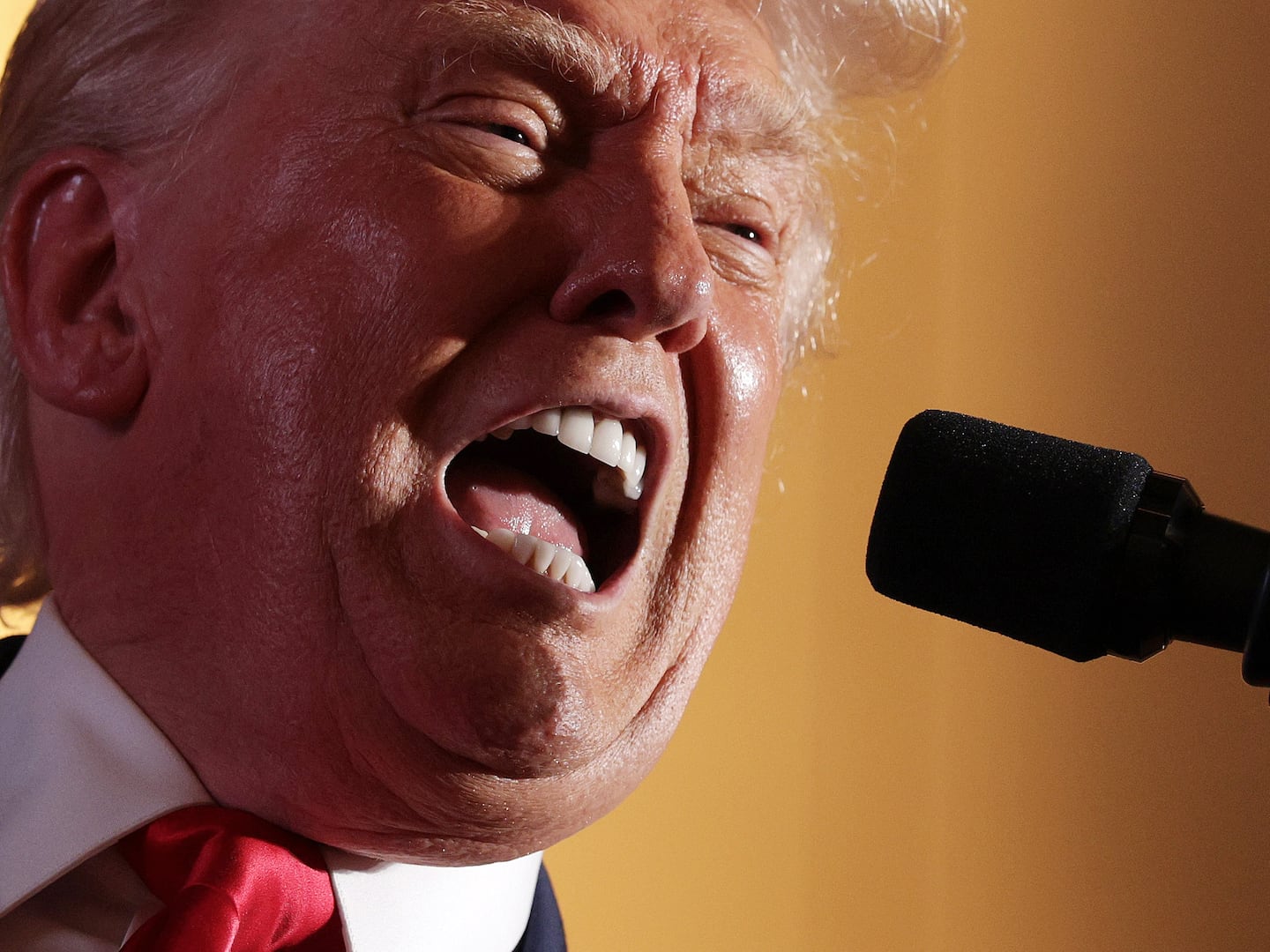New York’s Long Island City—the home of one of Amazon’s new headquarters—is designated under federal tax law as an “opportunity zone,” which gives developers tax credits designed to generate investment in struggling low-income communities. However, the cuts, created by President Trump’s 2017 tax overhaul, could allow the retail giant to buy up real estate in Queens—and dodge as much as 15 percent of its taxes on the investment gains. The problem with that, according to a Wednesday report from The New York Times, is that this stretch of Queens isn’t a low-income area—it’s an upscale slice of the neighborhood that has been driving gentrification in lower-income parts of the city.
Most of the 8,800 designated opportunity zones, the Times notes, really do need economic support: The average poverty rate in the zones was 29 percent in 2016, almost double the national average. But about 200 of those sites, including Long Island City, are low-poverty, high-income regions “adjacent” to actual impoverished areas that drive gentrification. “The opportunity-zone program is not very targeted to deeply distressed areas,” wrote two Brookings Institution researchers in a recent study. “States had too much flexibility and their incentives were not aligned with Congress’ goals for the program.”





